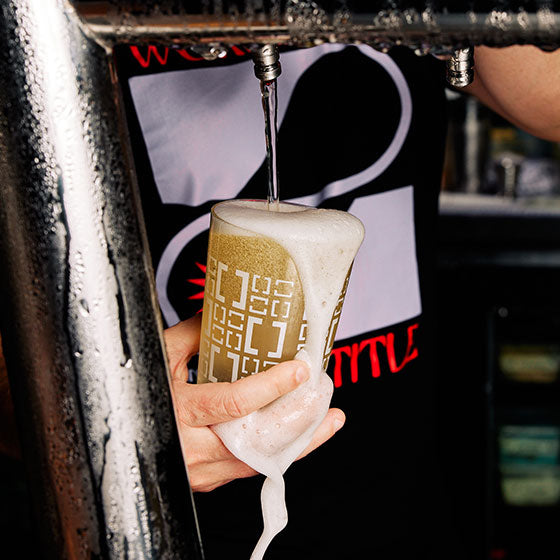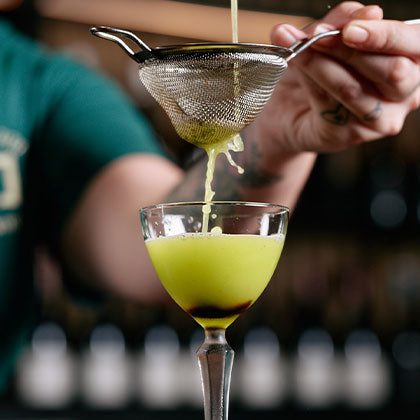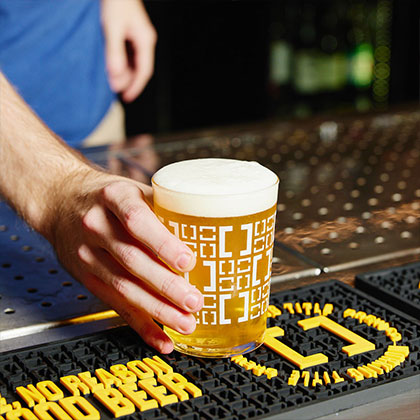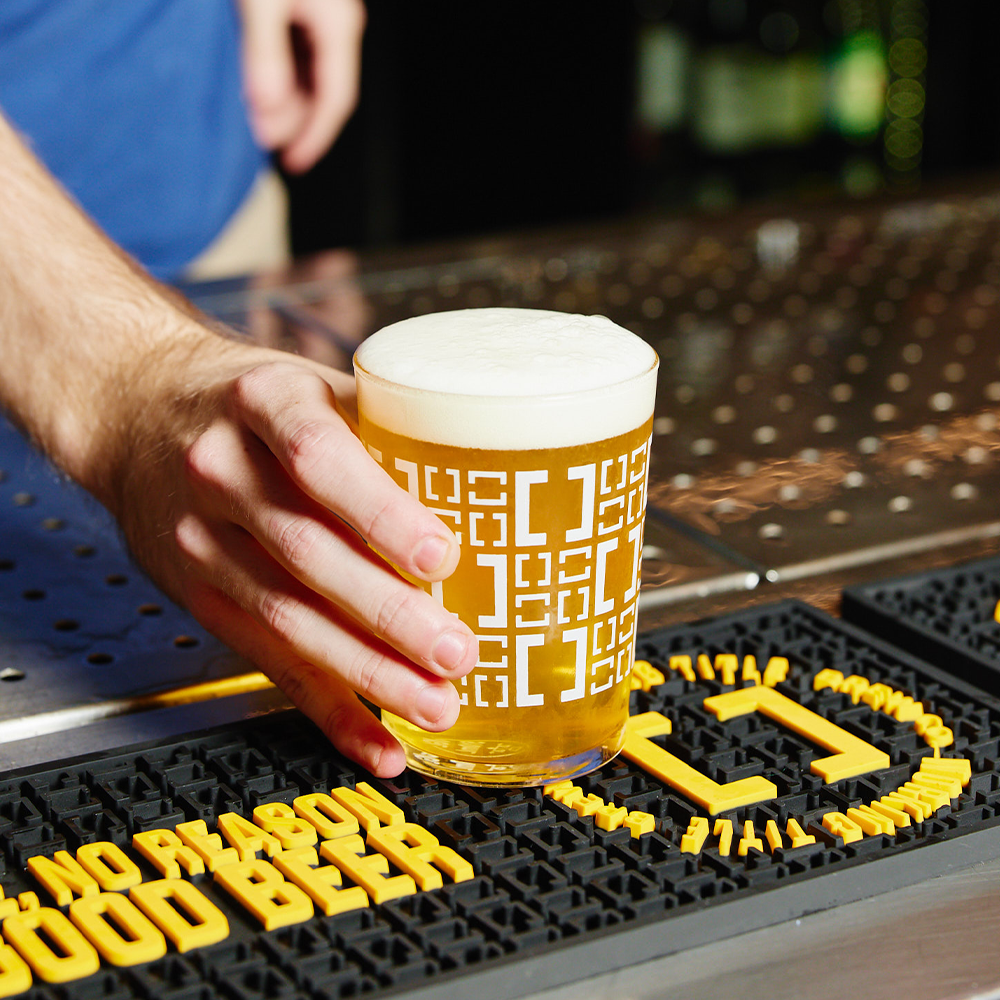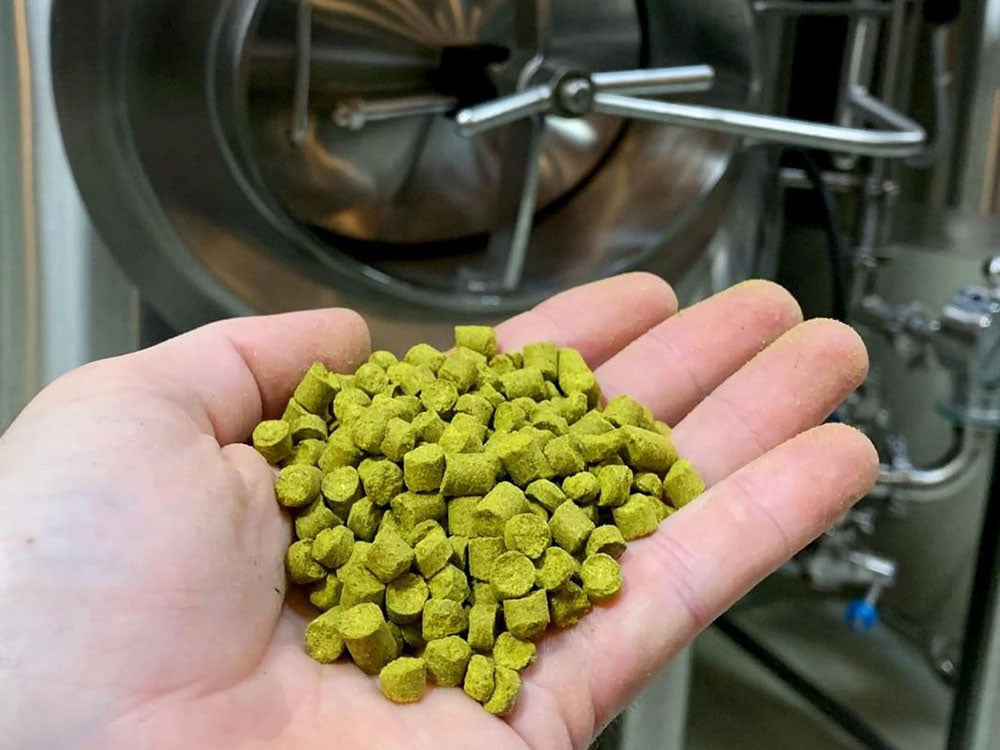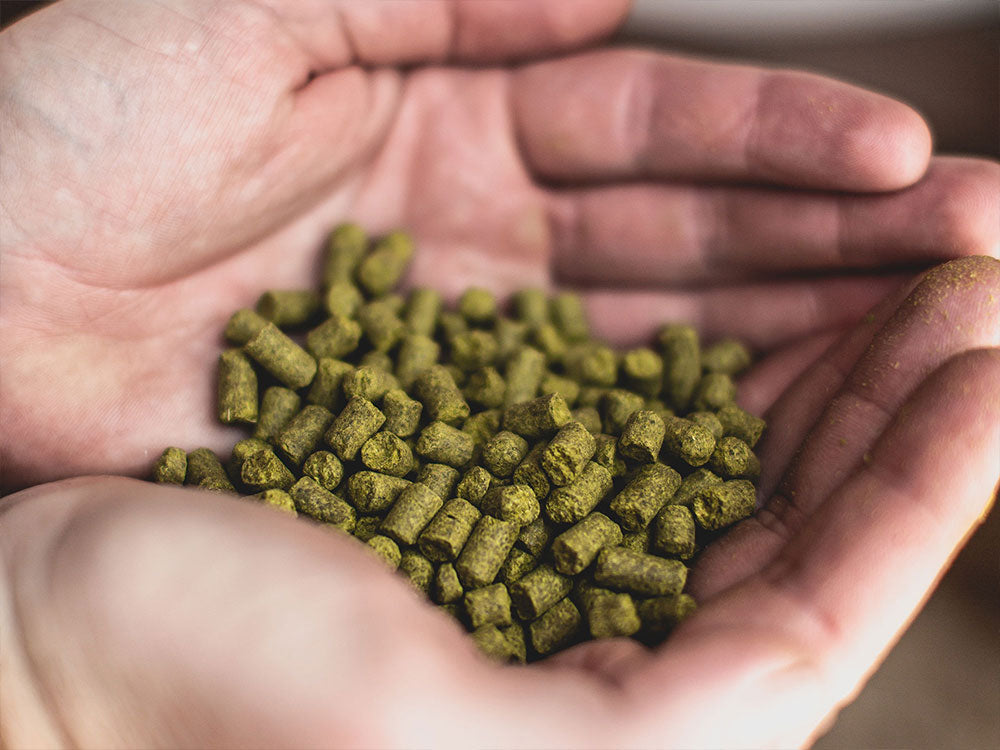This week we got our Spunding on, to improve foam retention and naturally carbonate our beers.
Spunding valves are devices that go on the blow off arm of the fermenting vessel, and allow users to maintain a precise pressure in the vessel. During fermentation, yeast produce a range of gasses, including CO2. By keeping the pressure relatively higher in the vessel, more CO2 is retained in the liquid, rather than escaping to the atmosphere.
There are loads of benefits to using a spunding set up. You can reduce ester formation, maintain more natural carbonation and retain foam positive proteins. The caveat is that early in fermentation the yeast produces a few sulphur based gasses that are unwanted. So you have to be careful when and how you decide to apply a spunding valve.
Although we are pretty new to this type of set up, the general consensus appears to be you apply the spunding valve at about 30-50% of attenuation. So by carefully monitoring gravity we can pick the right spot, where the unwanted, sulphur based gasses have been omitted and we retain the good stuff.
Spunding, not just fun to say, fun to do too.


